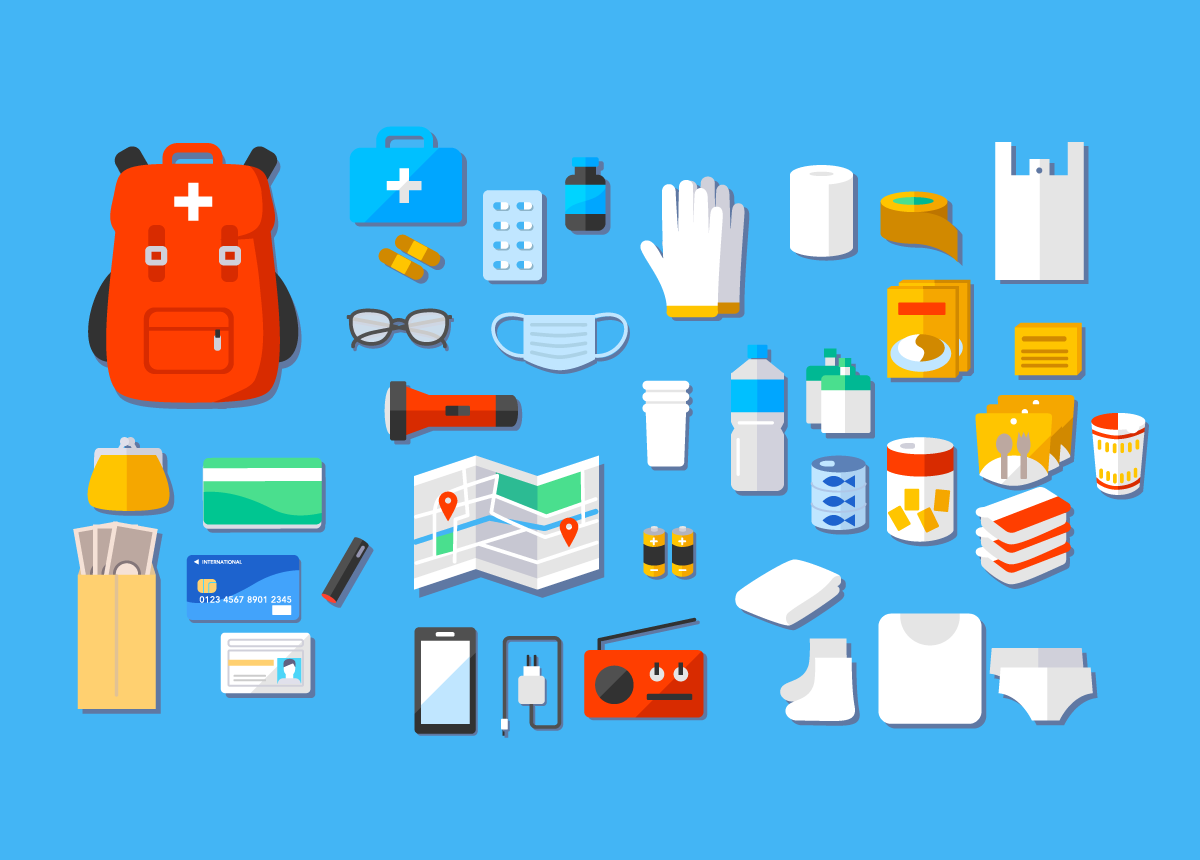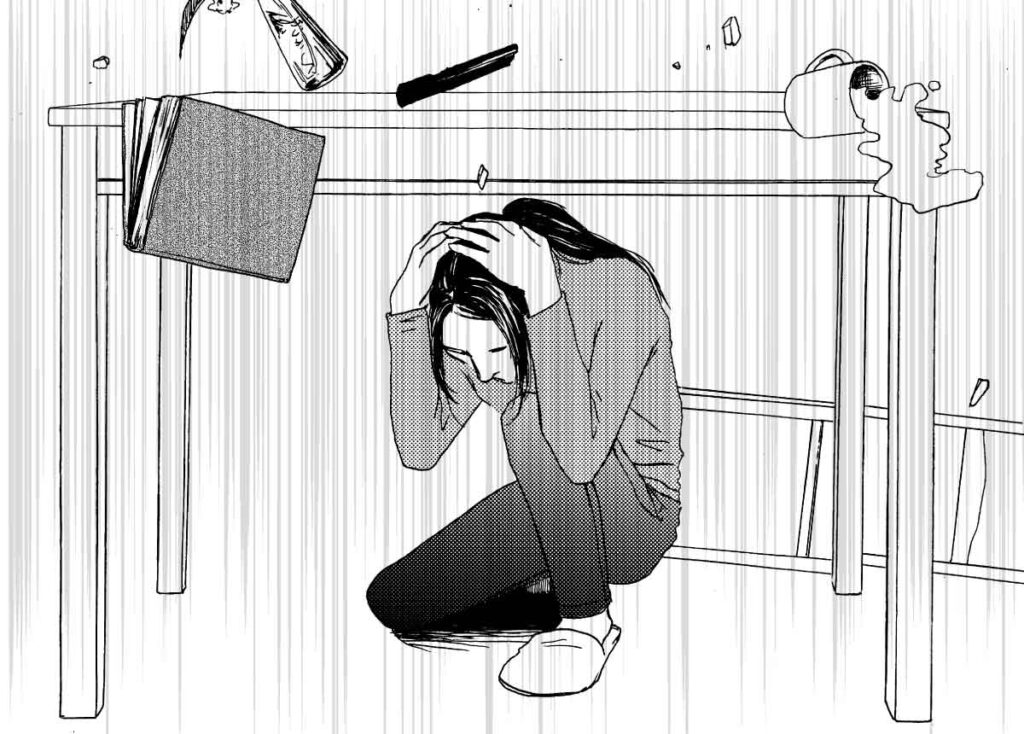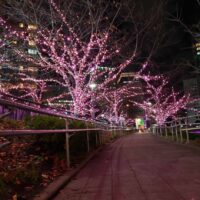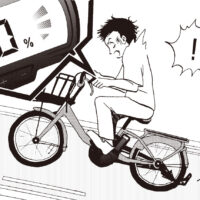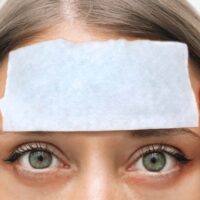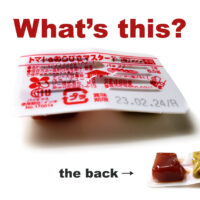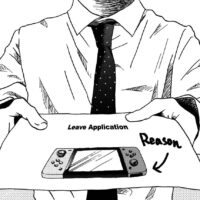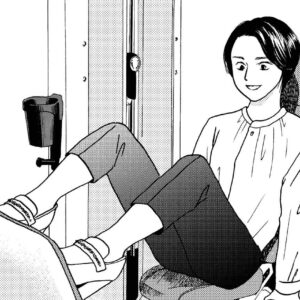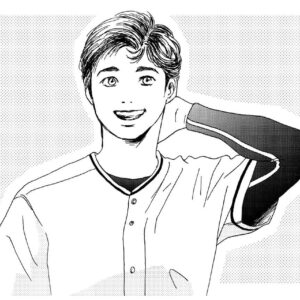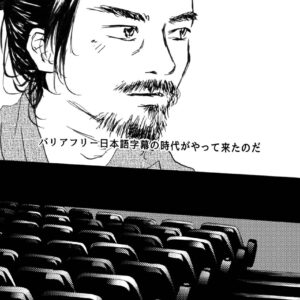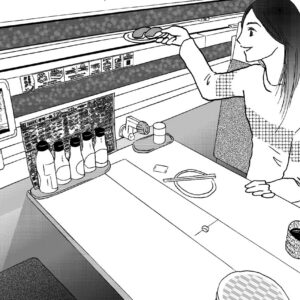On March 11, 2011, the Great East Japan Earthquake occurred with a magnitude of 9.0, the largest earthquake Japan has ever experienced. Since the beginning of 2023, 25 earthquakes have already occurred. In Japan, “anytime, anyone, anywhere” can encounter an earthquake.
The government says that people should store enough food and water to last at least three days, and preferably a week, until things like electricity, gas, water, and transportation are fixed. In Japan, all kinds of “disaster prevention backpacks” are sold, which contain water, emergency food, and other items necessary in the event of a disaster in one package.
But some of the things in expensive “disaster kits” that cost $75 or more aren’t that useful. Surprisingly unpopular are “emergency rations.” Japanese people who care about food make a wide variety of emergency foods that can be kept for a long time. They are not only energy bars but also special products designed for long-term preservation, such as bread, rice balls, beef bowls, curry, miso soup, etc. Unfortunately, when I actually tried it, I found that, while it was not bad, it was not a meal that I would willingly eat when I was depressed by the disaster. After all, “the food one always eats” is the best for that person.
Recently, the “phase-free” concept has become mainstream. “Phase-free” is a concept of food stockpiling in which, instead of preparing special foods for disasters, one can prepare a little more of the food items one normally eats, and by repeatedly “eating” and “replenishing” them on a regular basis, they can be used both in daily life and in times of emergency. Food loss can be avoided because phase-free foods are not special provisions and are eaten every day.
What we often hear from actual disaster victims is that they were so preoccupied with food and water that they did not realize how sanitary concerns could affect their lives. What they really needed were wet sheets to wipe their bodies, toothbrushes and shampoo to use without water, and cleaning solutions for their regular contacts or dentures. For families with children, items that reduce stress for young children, such as toys and snacks, are also necessary belongings during an evacuation.
The Earthquake Research Committee said in 2020 that there is a 70% to 80% chance that a big M7-9 earthquake will happen in Japan within the next 30 years.



